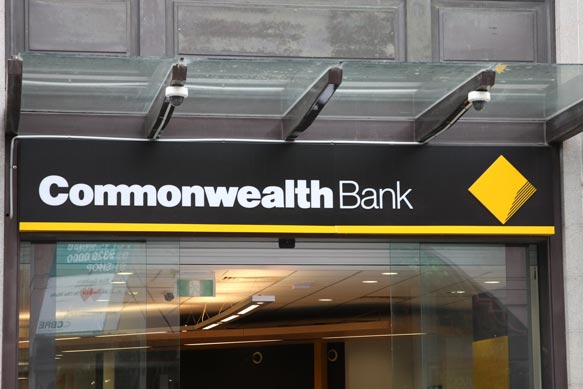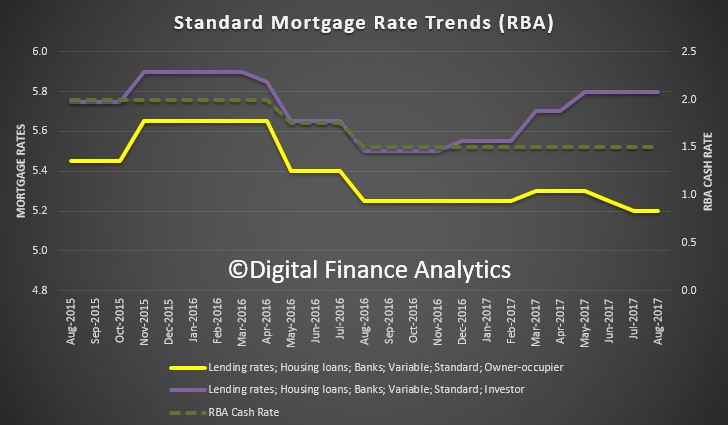A mortgage market analyst has said that he is “astonished” that banks don’t tell borrowers how much their repayments will be if rates were to rise.
More than half of borrowers have no clue what impact a 2 per cent rate rise will have on their home loan, according to Digital Finance Analytics principal Martin North.
“One of the things I’m amazed about is lenders don’t actually tell people what their repayments will be if rates were to rise by 2 or 3 per cent — in other words, back to normal levels,” Mr North told The Adviser.
“They do the calculations because of serviceability buffers, but that is not disclosed to consumers,” the principal said, adding that borrowers have very little “feel” of how their mortgages will behave in a rising interest rate environment.
“My research suggests that only half of them have a budget and know what they are spending. If you ask them what the effect of a 2 per cent rate rise will be on their mortgage, more than half have no idea.”
Mr North’s comments come amid growing speculation that the Reserve Bank will begin lifting the cash rate from next year. High levels of household debt are a chief concern for the RBA as it looks to tighten monetary policy.
Last week, Reserve Bank governor Philip Lowe warned that in the current environment, “household spending could be quite sensitive to increases in interest rates”.
DFA’s Martin North explained that on a $100,000 mortgage, a 25 basis point rate rise equates to about $30 more a month on mortgage repayments.
“On a million-dollar mortgage, you can see that even a small interest rate rise is a huge cash cost each month.”
His comments come as new figures show that a concerning number of property investors are unaware of how they will be effected by lending changes.
The 2017 PIPA Annual Investor Sentiment Survey, released this week, found evidence of mortgage stress among investors moving from interest-only (IO) to principal and interest (P&I) mortgages.
PIPA chair Ben Kingsley said that there are a few worrying figures that reflect a level of uncertainty among investors when it comes to finance.
“We did see some evidence of lending fatigue in terms of investors that have been forced to stop borrowing,” Mr Kingsley told The Adviser.
While the majority of investors with interest-only (IO) loans said that they won’t struggle to meet the new principal and interest (P&I) repayments once their current IO period expired, 12 per cent said that they would.
“I was a little bit worried that 12 per cent said if their loans switched to P&I they would struggle,” Mr Kingsley said.
“What was even more interesting to me was that 20 per cent were unsure. I would like to think that many investors should know what is important to them.”








